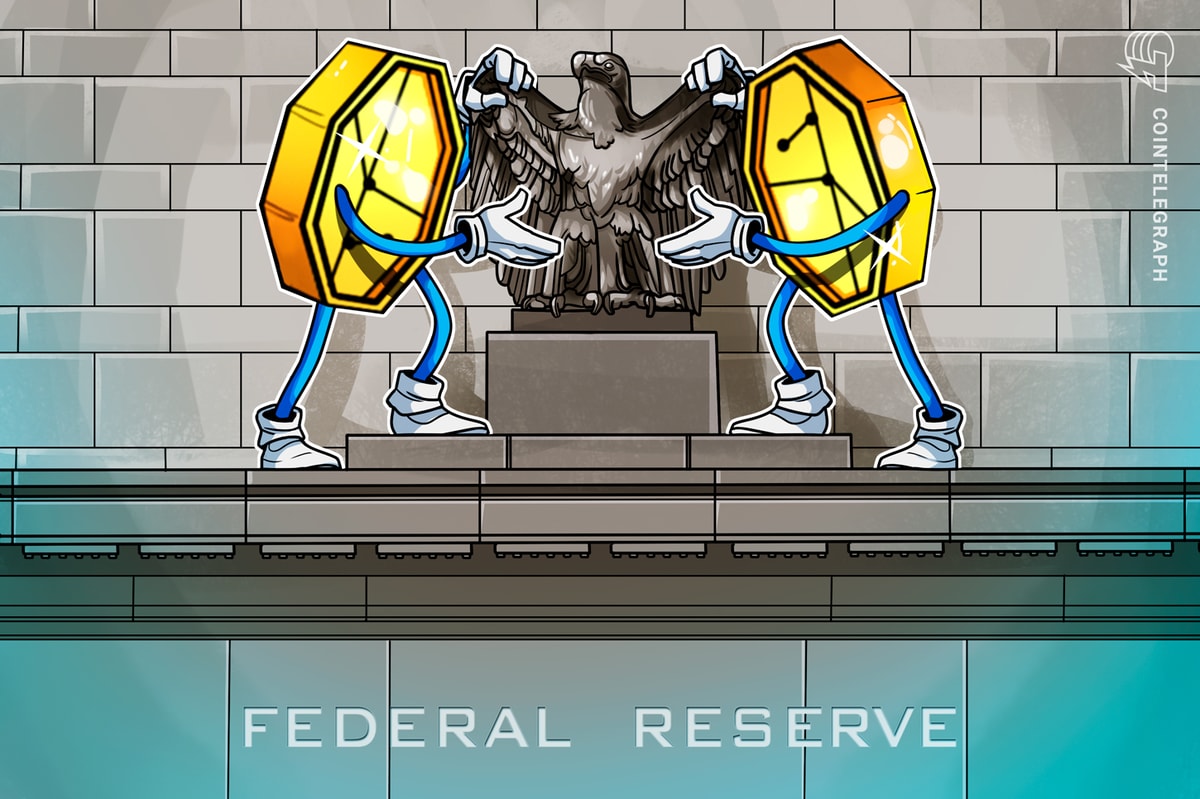Opinion by: Joshua Chu, co-chair of the Hong Kong Web3 Association
When you had been younger, you typically felt belittled on your lack of expertise. Yet, our elders will concurrently lament to us that point is on our facet.
Bitcoin, like several youthful rising tech, is identical. The early years are stuffed with uncertainties, but stuffed with the promise of boundless potentialities. Time is on our facet to be taught, adapt and develop.
As we enter midlife, nonetheless, blinded by early wins and rising recognition (or adoption – within the expertise sense), we begin chasing success and growing wealth with growing tunnel imaginative and prescient. This is exactly the place Bitcoin finds itself immediately, lastly accepted by establishments, the discuss of day by day information, every step celebrated but additionally pressured by expectations. This section brings urgency, threat and uncontrolled panic.
As the horizon of what was as soon as infinite alternative narrows, the rapid second earlier than the top will really feel so sudden and perilously finite.
Bitcoin’s fast rise in 2025 is assembly its personal midlife disaster. The exponential progress of its youth as an rising tech is fading. Recently, CleanCore Solutions noticed its shares plunge by 60% proper after saying its plan to leap on the crypto treasury bandwagon with a pivot to develop into a Dogecoin treasury firm.
The collapse alerts rising investor skepticism over speculative crypto stints, which mirrors broader challenges Bitcoin faces because it struggles to take care of momentum amid growing market volatility, which the Forbes Cover curse might have additional exacerbated.
Urgent questions on its longevity, worth and goal demand solutions. Like any good legacy planning, having a will is usually really helpful.
What is Bitcoin’s shelf life?
Every expertise has a life cycle. Bitcoin is not any exception. Bitcoin stays a expertise topic to the immutable legal guidelines of lifecycle dynamics. Bitcoin might have bear runs and bull runs, however the progress cycle has nonetheless begun to shrink. To put the numbers in perspective:
-
The 2013 cycle noticed progress at 310x
-
The 2017 cycle noticed progress drop to 143x
-
The 2021 cycle noticed progress contract sharply to 11x
-
The 2025 cycle noticed progress hovering at simply 2.1x
Each new cycle is a couple of quarter of the earlier cycle, which illustrates an alarming sample of geometric decay.
According to tutorial mathematical statistics, Nassim Nicholas Taleb’s paper, Bitcoin, Currencies, and Fragility, his “Bubble Model” concept is that value progress can not hold rising indefinitely for a non-yielding asset.
Related: Owning a full Bitcoin in 2025 — simply how uncommon is it?
When an asset turns into basically a “faith-based” asset, market actuality and self-discipline will finally deliver such momentum downward, the place finally, the multiplier can dip beneath 1, switching from a progress mannequin to a shrinking mannequin. No financial or speculative run can escape the pure cycles of progress adopted by adjustment or decline.
The query needs to be requested: Is Bitcoin nearing the sting of a cliff? Is Bitcoin’s explosive youth giving option to pure burnout that each one tech should finally face, or will there be a second wind, and the top has but to seem on the horizon?
Crypto as a ‘faith-based’ asset
Joe Lubin, the co-founder of Ethereum, as soon as articulated a imaginative and prescient of Ethereum’s worth being based mostly on “religion within the Ethereum blockchain.” In his interview with Daily Show comic Ronny Chieng in 2017, Lubin pivoted that when folks imagine in cryptocurrency, this issue alone can be enough to “snowball into one thing society deems beneficial.”
In the identical interview, he prompt that by doing so [having faith], it might be “very like the US greenback.” His views made it appear to point that cash, at its core, additionally solely depends on collective perception and belief. This view has, nonetheless, ignored a significant nuisance of fiat forex, which, not like Bitcoin, is supported by financial coverage, taxation, fiscal measures, and, the place a authorities defaults on debt, austerity measures and extra.
A faith-based asset will lack all such worth. While faith-based belongings’ worth is derived solely from market demand and collective perception, fiat’s fallback is intrinsic worth backed by financial buildings.
Bitcoin has, to some a minimum of, transcended being simply one other asset. In older narratives, Bitcoin was portrayed as a hedge towards inflation, a protector from authorities management (a minimum of the pre-regulation period). Realities are, nonetheless, ever-changing.
Pivot from investing in Bitcoin-as-a-product to blockchain-as-infrastructure
What stands the precise check of time is often not the product, however the infrastructure that helps the product. Though MySpace and Netscape might have pale away, infrastructure just like the web is what has stood the check of time.
In some ways, Bitcoin began as a revolutionary product, designed and deployed to problem the standard monetary system. Its meteoric rise attracted hundreds of thousands, promising deliverance in monetary freedom.
Yet, similar to any expertise product, it faces pure limits. Even blockchain, the underlying Bitcoin expertise, continues to be based mostly on cryptographic ideas.
By distinction, blockchain infrastructure refers to bodily and operational parts that make blockchain networks perform reliably at scale. These embrace community nodes (together with full and validator nodes), community protocol and knowledge storage techniques that preserve and assist the ecosystem
Just like several midlife disaster, Bitcoin has reached a pivotal crossroad. While ETF and institutional purchases are akin to Bitcoin’s commencement from college into center administration, Bitcoin’s waning volatility, which can also be attributed to explosive progress in its early days, hints at maturity, if not contraction.
Recognizing this development, OG traders have both divested from Bitcoin and reinvested in newer tokens like Ethereum or shifted towards infrastructure for a long-term technique. Both traits, nonetheless, level to Bitcoin’s future.
This transition underscores a basic fact — particular person applied sciences, regardless of how revolutionary, finally have finite lifespans, whereas sturdy infrastructure will outlive their product counterparts.
For traders, innovators and policymakers, simply as our very personal receding hairline or growing waistline serves as a reminder {that a} lifecycle perspective is crucial to navigate Bitcoin’s personal midlife section, so too should such a perspective serve us as a information towards the following evolution of the trade’s ecosystem.
And maybe, earlier than you pitch a Bitcoin treasury plan with a 20-year lockup interval, take into account this: Do you’ve any digital units in your house which might be 41 years previous or older? Were you even born 41 years in the past? Bitcoin, as a expertise, which started with its genesis block in 2009, can be 41 years previous when these locked-up tokens develop into absolutely accessible. Reflecting on Bitcoin’s lifecycle can be important to creating knowledgeable, strategic choices on this quickly evolving world.
Opinion by: Joshua Chu, co-chair of the Hong Kong Web3 Association.
This article is for normal info functions and isn’t supposed to be and shouldn’t be taken as authorized or funding recommendation. The views, ideas, and opinions expressed listed below are the creator’s alone and don’t essentially replicate or signify the views and opinions of Cointelegraph.









